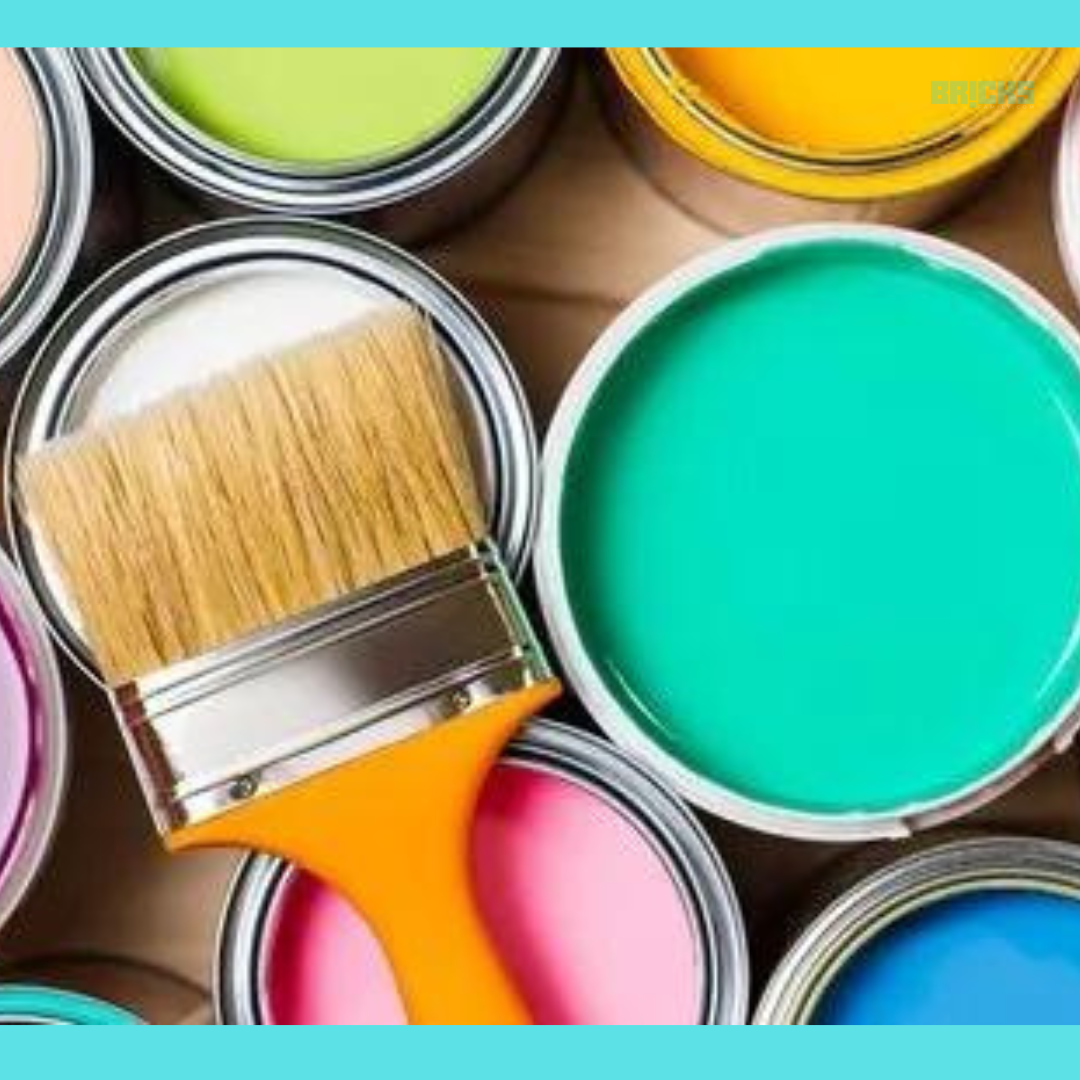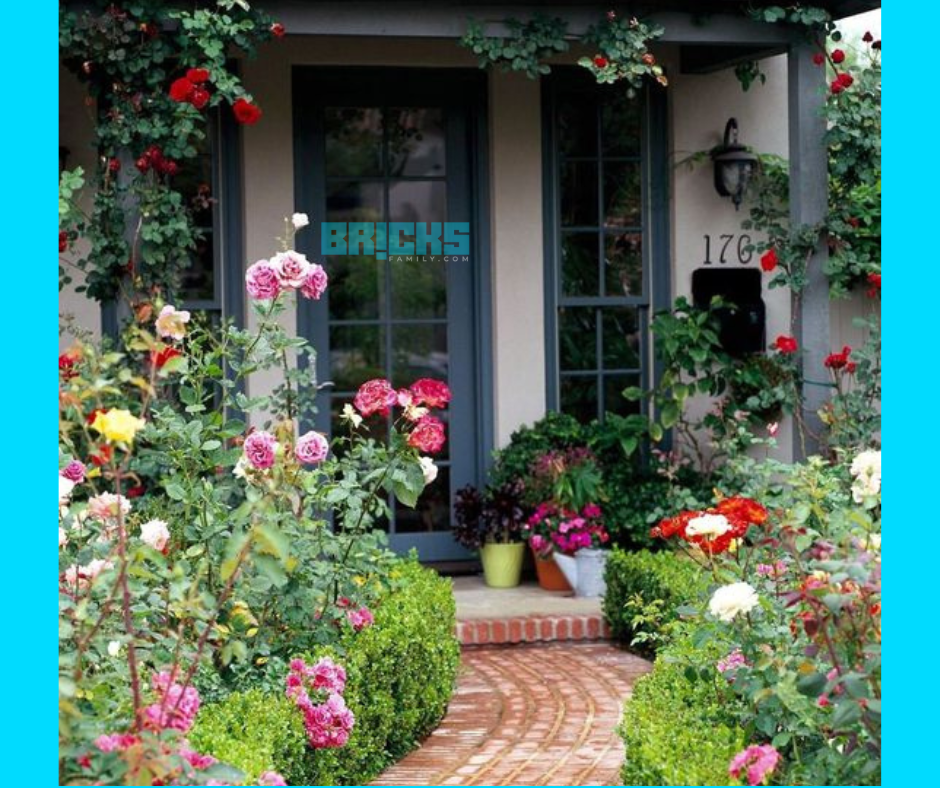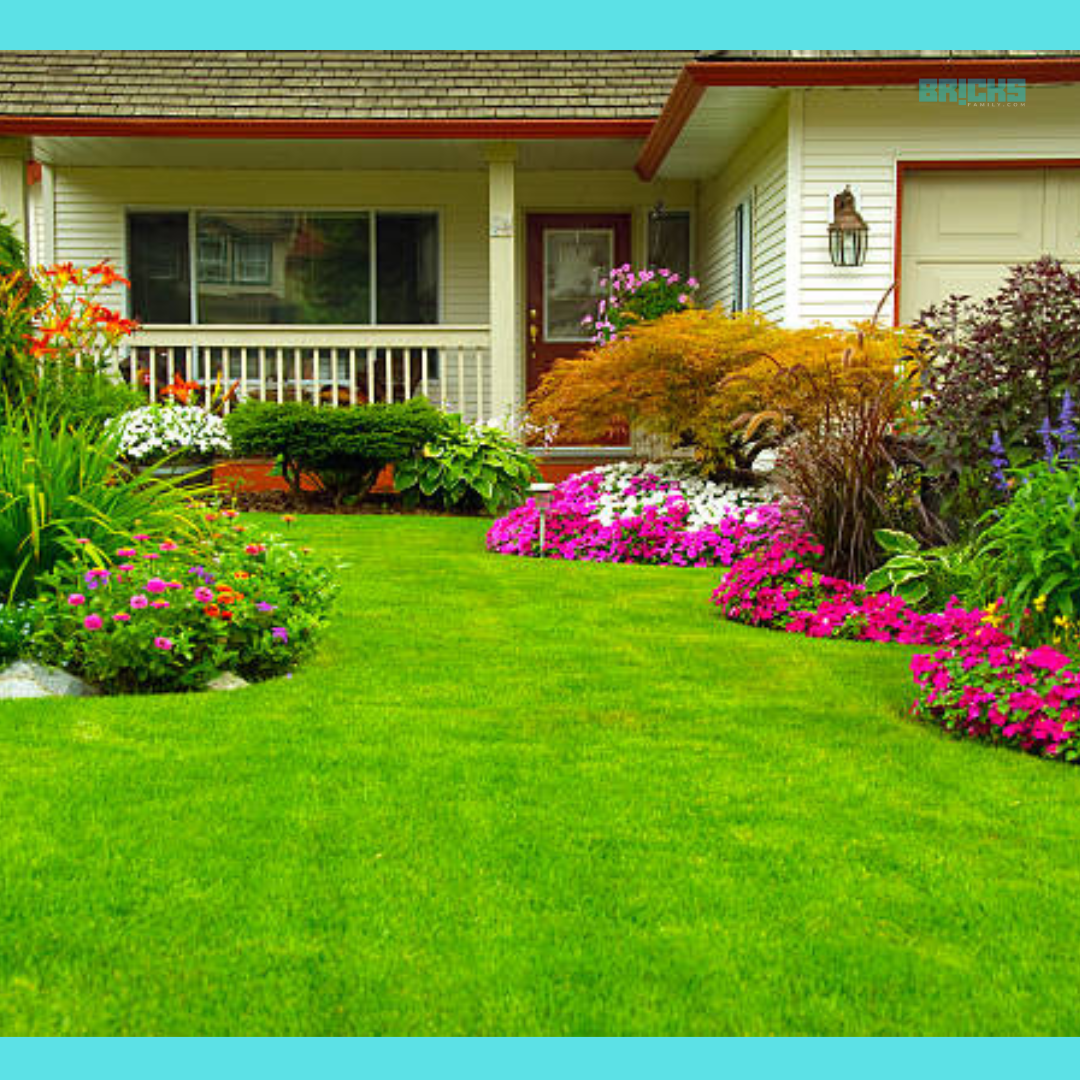Enamel paints are known to most people, particularly those who enjoy do-it-yourself projects and small-scale repairs like painting worn-out furniture and other household items. These multipurpose paints are easy to apply, making them suitable for various paint jobs, including exterior painting, commercial projects, and house restorations. In this blog, we see in detail about Enamel Paint: Types, Uses, Characteristics and How to Apply.
Metal, wood, glass, concrete, and plastic can all be painted using enamel paint, a strong, glossy, opaque paint with a solvent basis. It can tolerate the most wear and tear and is washable and heat-resistant. It is also very user-friendly, which contributes to its popularity.
Types of Enamel Paint
They are broadly categorised into two categories:
Oil-based enamel paint:
Key features of oil-based enamel paints are:
- Suited for outdoor use
- Long-lasting and deals well with wear and tear
- Flammable due to the presence of Volatile Organic Compounds (VOC)
- Has a strong odour, especially when fresh
- It requires 6 to 8 hours to dry
- Smooth, high-gloss finish
- It can be removed with turpentine or other spirit-based solvents
- High-gloss surfaces painted with oil-based enamel are washable
Water-based Enamel Paint:
Key features of water-based enamel paints are:
- Suitable for use both indoors and outdoors
- Available in a range of colours
- Dries quickly in 1 to 2 hours
- Able to withstand UV rays
- It is not as glossy as oil-based enamel but retains its original sheen
- Non-flammable
- Does not have a strong odour
- Environment friendly
Enamel Paint Applications or Uses
The colours of enamel paint are quite adaptable and may be utilized for many purposes, ranging from do-it-yourself crafts to bigger external painting projects like exteriors, etc. They offer a high gloss finish and are simple to maintain.
• Outdoor chairs: Enamel paint is a good option for painting outdoor furnishings like patio or garden chairs. Enamel paint creates a durable layer on metal and wood, protecting it from UV rays and a variety of inclement weather.
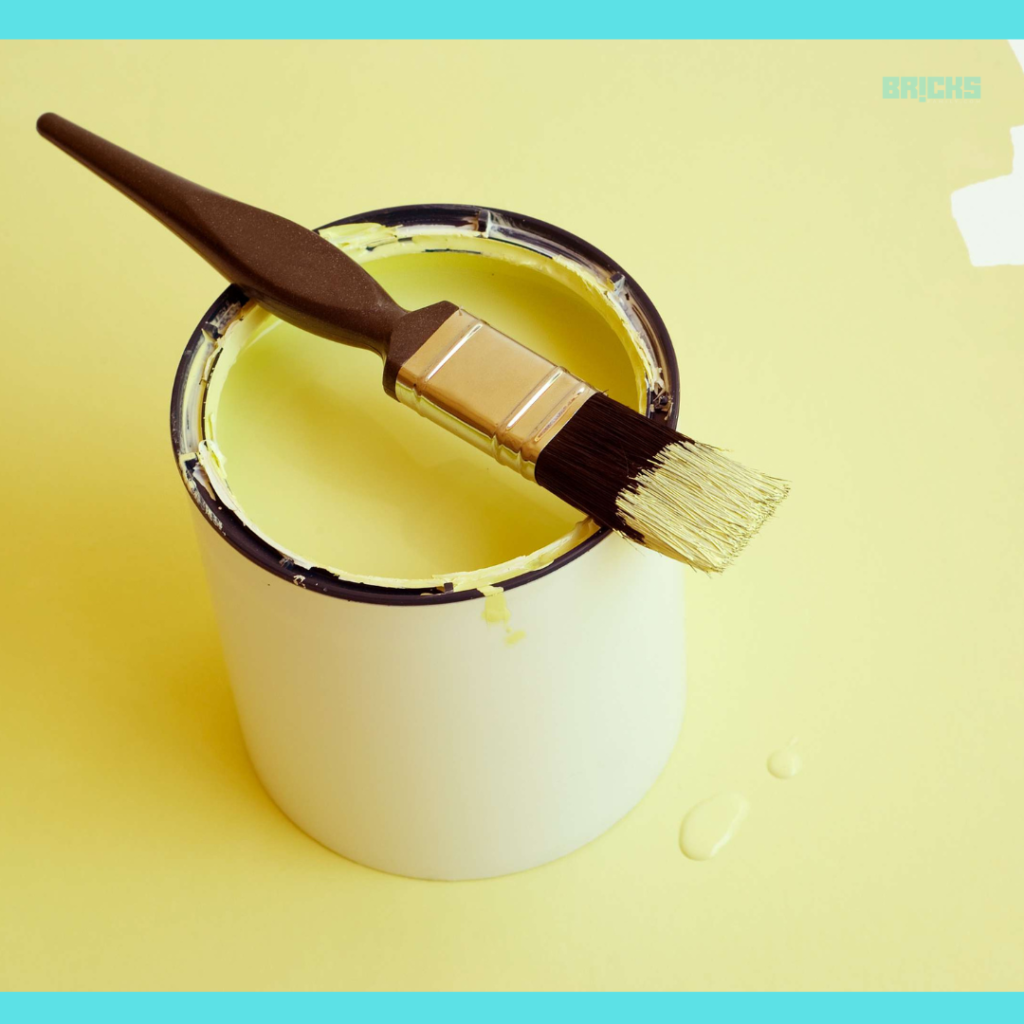
- Cabinetry: Stains, filth, and general wear and tear are always possible with kitchen cabinets. Enamel paint guarantees that your cabinetry will remain attractive for a long time. The occasional wipe-down with a damp cloth or sponge is needed to keep enamel paint looking good.
- Appliances: Chips or scars on appliances might occasionally give the impression that they are old and in bad shape. Enamel paint touches them to restore and maintain their fine appearance over time.
- Floors: You can paint your garage or porch with enamel paint without risk. It is a quick, easy-to-clean, and reasonably priced solution.
- Handrails: Contamination may be an issue in places with heavy traffic, including train stations, hospitals, etc. They will stay germ-free and easy to clean with an enamel paint coat.
- Trims: Maintaining baseboard trims and door and window casings in good condition might be difficult. That can be achieved, and their longevity increases with a few coats of enamel paint. Due to the wide range of colours available, matching it to nearly anything is simple.
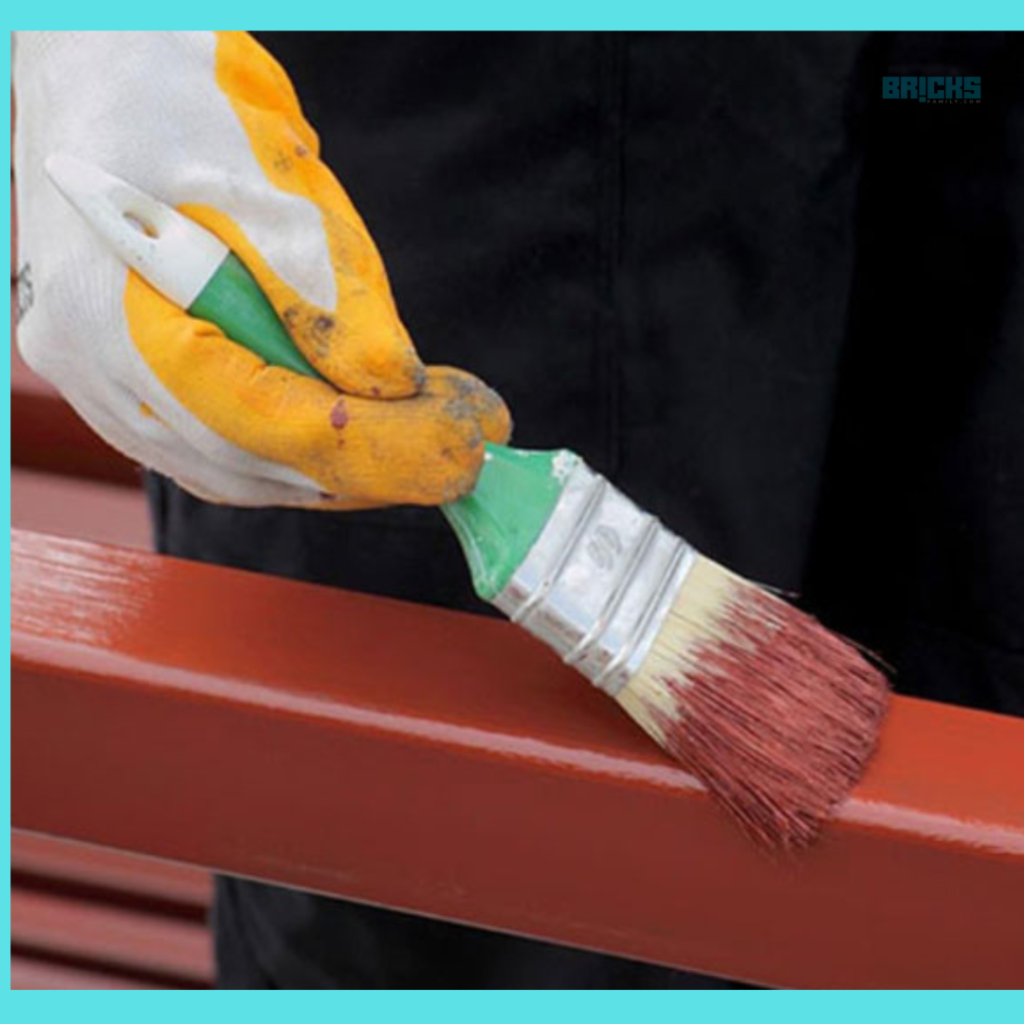
Three Characteristics of Enamel Paint
The following characteristics set enamel paint colours apart from other paints:
• Sturdy: Enamel paint resists moisture and is sturdy. It endures severe weather and may be used both indoors and outdoors.
• Even Application: Applying enamel paint requires fewer brushstrokes for a smooth finish. One can make sure it spreads uniformly by moving from bottom to top.
• Easy to Maintain: To keep enamel paint dust-free and clean, it takes the occasional wipe-down with a moist cloth or sponge. This guarantees that the paint maintains its gloss and brilliance.
How do I apply enamel paint?
Once you’ve decided enamel paint is the best option for your project, you should consider the following application considerations:
• Project Evaluation: Consider the kind of enamel paint needed, the surface type, the desired finish, and the level of durability you’re looking for.
• Get the Surface Ready: As this will impede the application process, make sure your surface is dust-, filth-, and grease-free, as well as clean and dry. To ensure the surface is smooth and residue-free, sandpaper it after removing any existing paint, polish, or coatings.
- Primer Application: Primers may need to be applied before enamel paint, depending on the surface and the required paint type. A primer guarantees a smooth finish, increases longevity, and promotes adhesion.
- The Right Instruments: Application can be made simpler and more seamless using suitable instruments, such as rollers, brushes, and sprayers.
- Paint Mixing: Because enamel paint thickens over time, it might need to be mixed before applying. To guarantee uniform colouring and suspension of the particles that have settled at the paint can’s the bottom, stir continually for a few minutes.
- Application Technique: Apply with even, fluid strokes or sprays. Before painting, remove any leftover paint from the brush, start at the top, and work your way down. Do not forget to work in short bursts. To minimize brush marks or inconsistent texture, apply constant pressure and refrain from over-rolling or brushing.
- Several Coats: Depending on the desired effect and the paint’s opaqueness, you may need to apply several coats. Waiting for every coat to fully dry before adding the next is crucial.
- Cleanup: Don’t forget to properly dispose of any leftover paint or paint containers after the painting. Additionally, if you are working with an oil-based enamel, clean your instruments immediately with paint thinner to prolong their lifespan and reuse. Soap and water will work just fine for a water-based paint.
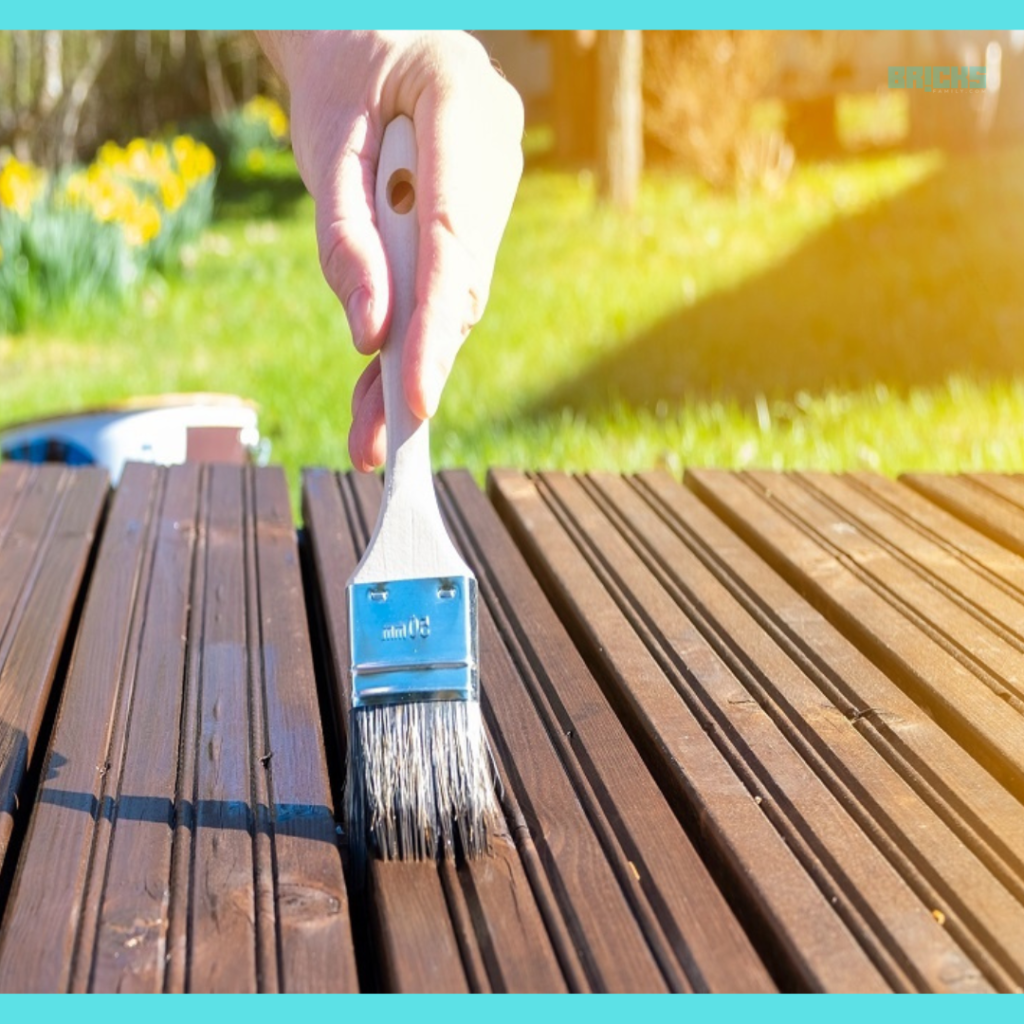
Differences Between Enamel and Acrylic Paint
Acryl paints offer a few unique qualities, unlike enamel paint colours, which are either water- or oil-based, better suited to various substrates from metal to wood, and can be used indoors and outdoors. Enamel Paint: Types, Uses, Characteristics and How to Apply.
| Feature | Enamel Paint | Acrylic Paint |
| Drying Time | Slower usually takes between 8 to 24 hours | Faster, typically in 15 to 30 minutes |
| Finish | Glossy and smooth | Matte or glossy |
| Odor | Strong | Low |
| Durability | High | Not as high as Enamel paint |
| Cleanup | Requires solvents (thinner) | Requires soap and water |
| Mixing | Can be mixed and thinned with enamel reducers | Can be thinned by adding water |
| Surface Preparation | Requires priming | Can be directly applied to most surfaces |
| Flexibility | Less flexible | More flexible |
| Toxicity | More toxic due to solvents | Less toxic, generally safer |
| Application | Brush, roller, or spray | Brush, roller, or spray |
| Uses | Widely used for metal, wood, and concrete | Widely used for arts, crafts, and home projects |
Asian Enamel Paint Shade Card
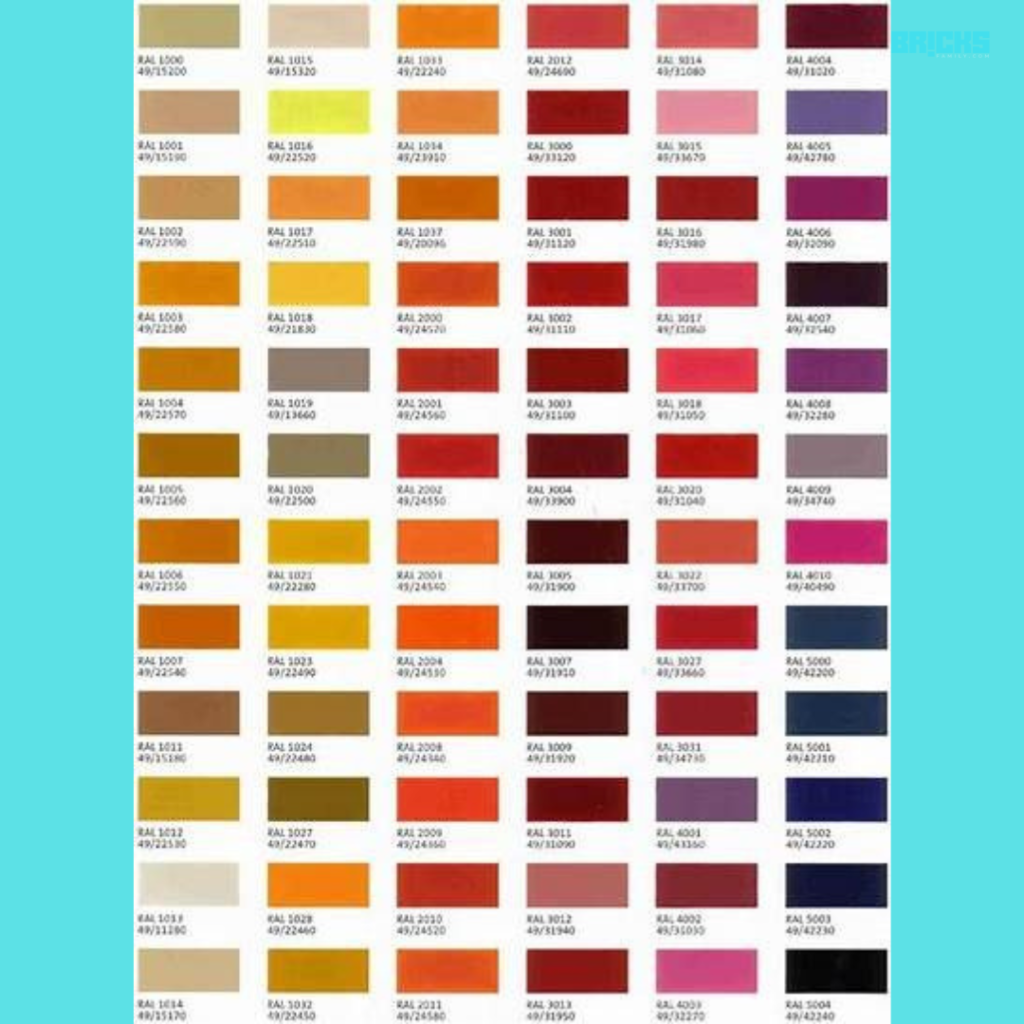
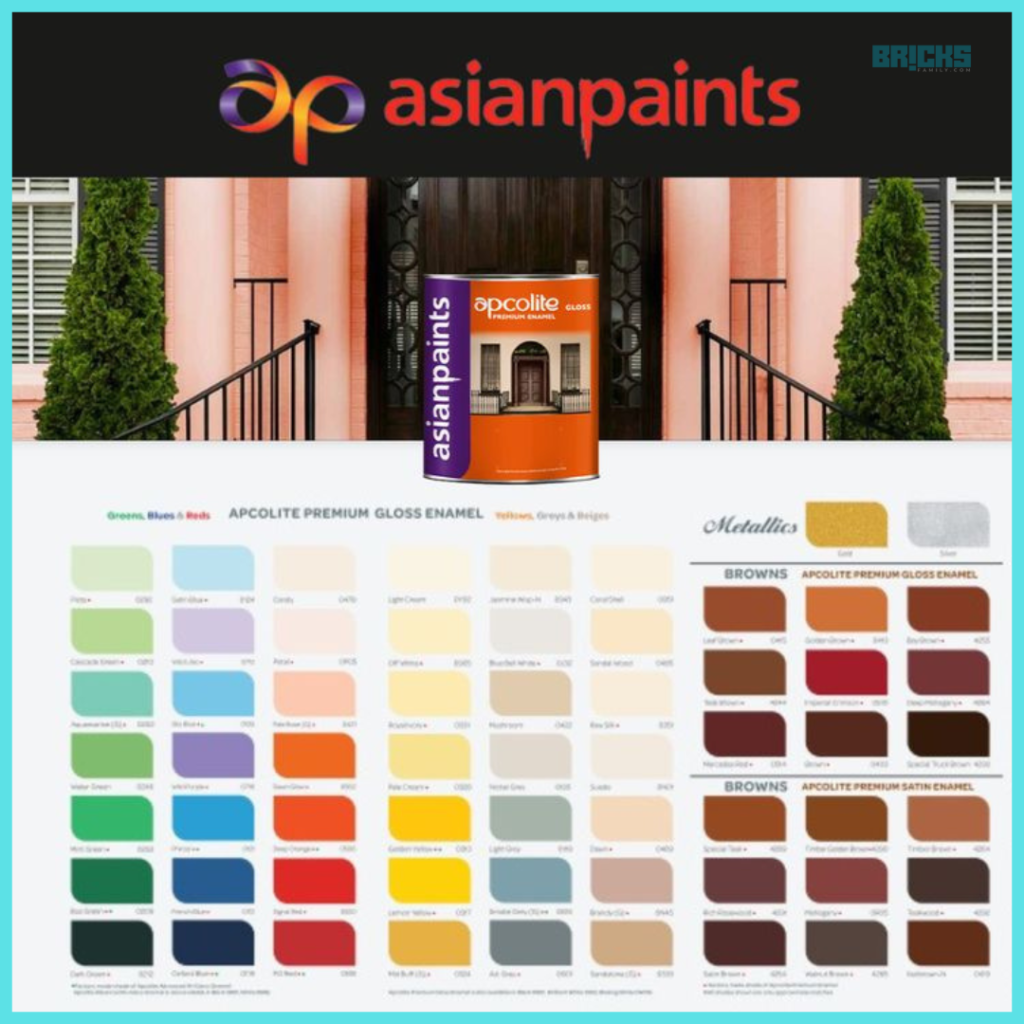
Summary of Enamel Paint
Enamel paints are a straightforward yet dependable option, whether you’re thinking about painting your home’s exterior, updating worn-out furniture, or organizing some imaginative do-it-yourself tasks. Moreover, its resilience to diverse climatic circumstances and prolonged luster preservation make it a superb choice for many uses. That’s it about Enamel Paint: Types, Uses, Characteristics and How to Apply.
Also Read: Ayodhya Airport | All About Maharishi Valmiki International Airport, Ayodhya Dham
Similar Topics: Termites: Treatment, Prevention, and Early Signs









